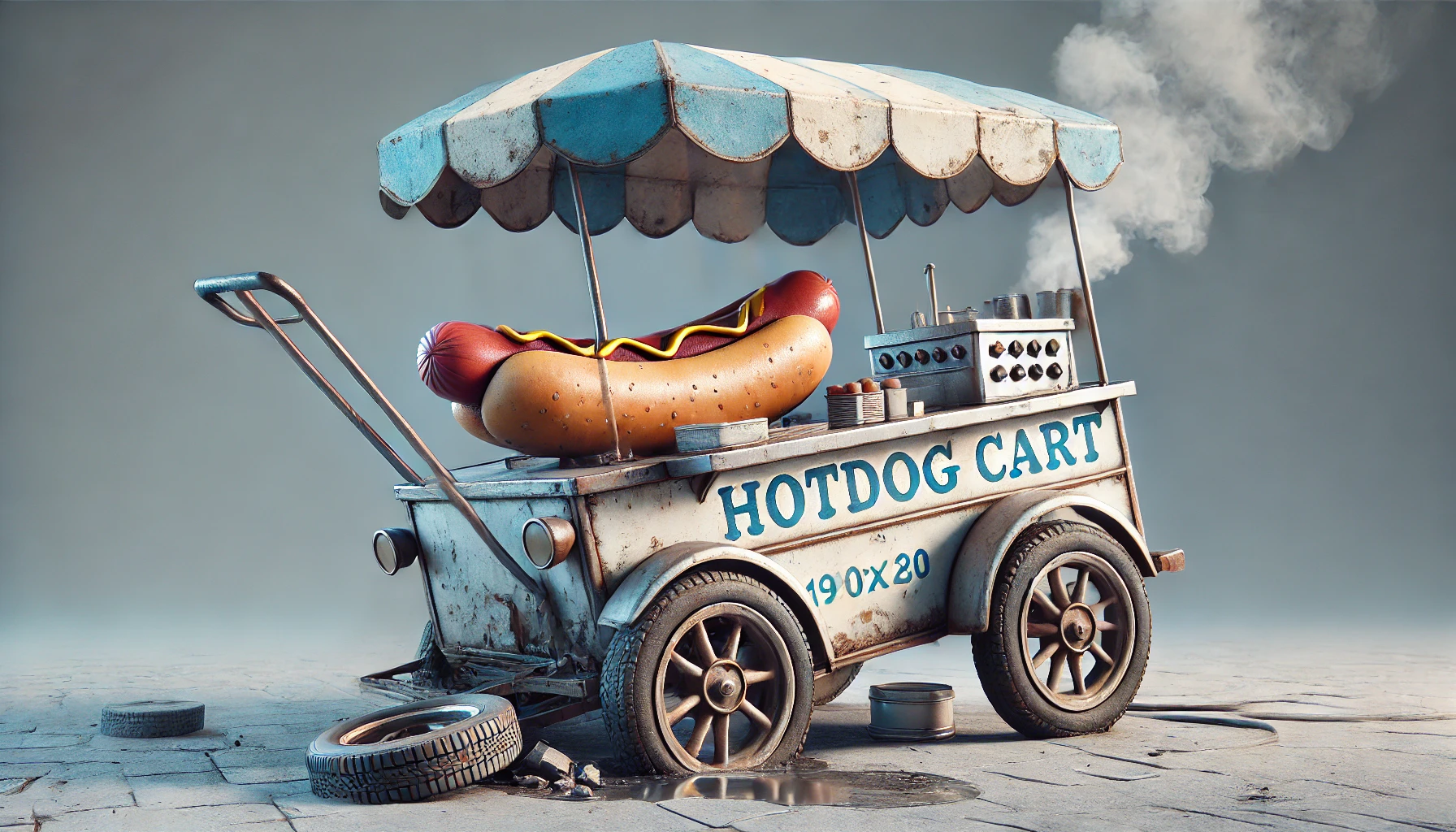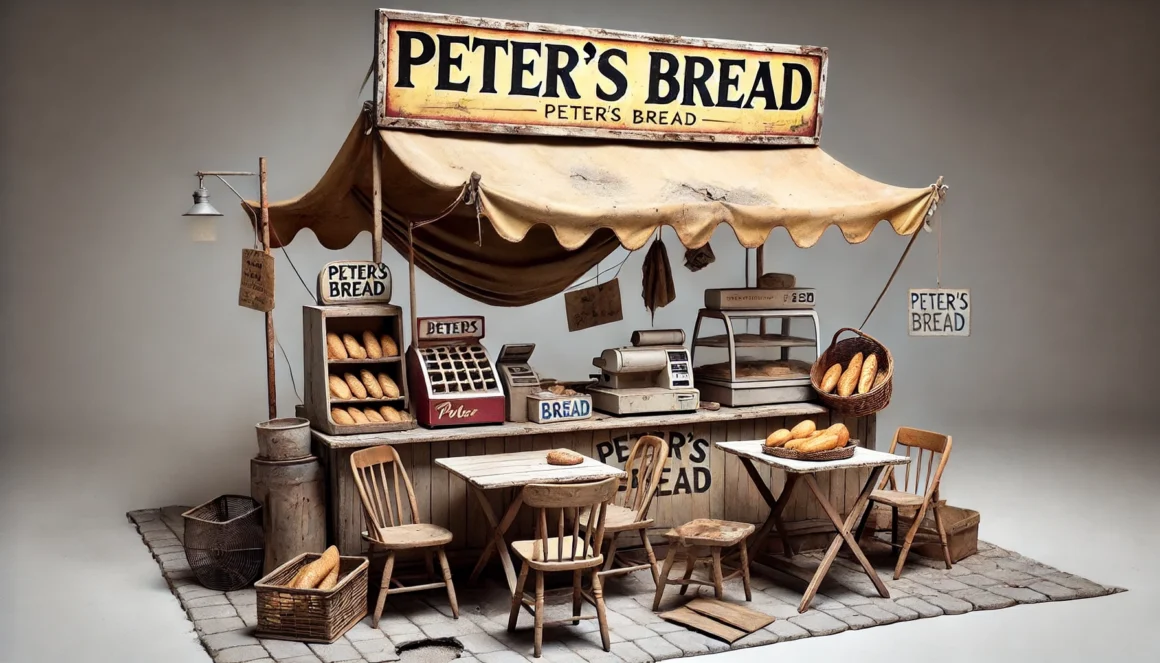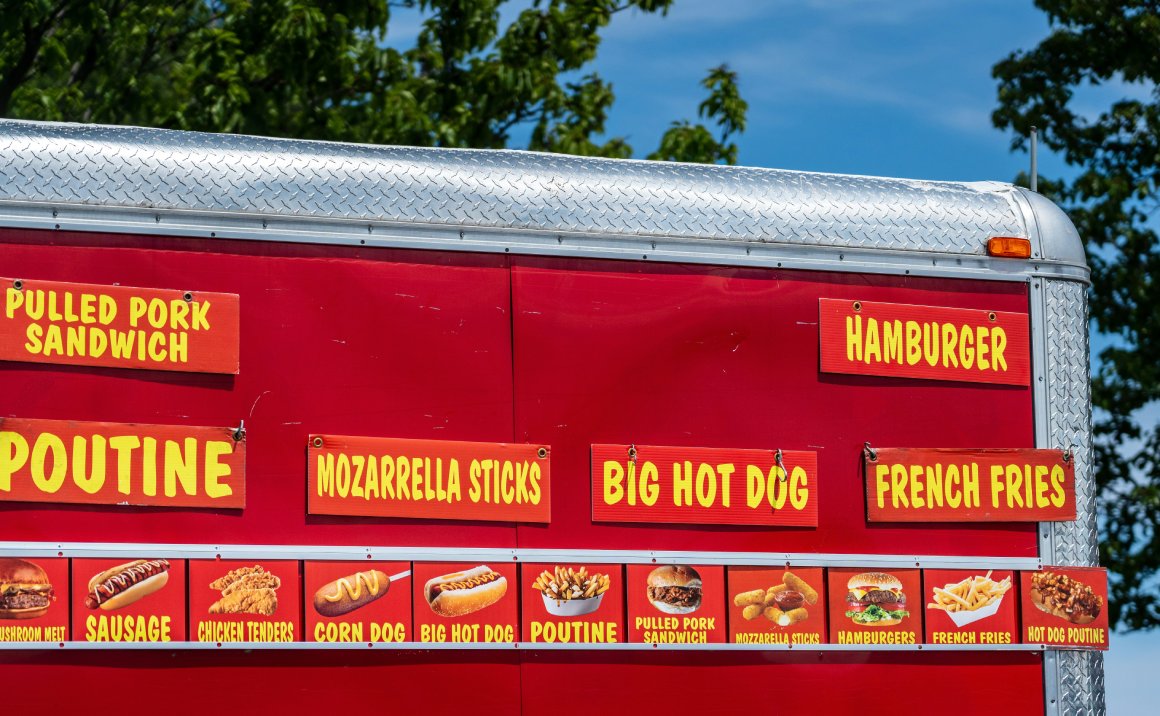
Avoiding the Common Pitfalls of Buying a Food Cart: Risks, Tips, and Considerations
This post is part of a regular series. Click here to start at the beginning.
For many entrepreneurs, food carts represent an affordable entry point into the mobile food business. With lower startup costs than food trucks or concession trailers, food carts are perfect for serving simple, high-volume items like coffee, hot dogs, or ice cream. However, just like any other mobile food setup, buying a food cart comes with its own set of risks—whether you’re opting for a brand-new model or looking for a second-hand deal.
In this post, we’ll cover the most common risks associated with buying a food cart, how to spot red flags, and practical advice for avoiding costly mistakes when purchasing new or used.
1. Structural Weaknesses: Frame, Body, and Build Quality
When purchasing a food cart, one of the most important aspects to evaluate is the structural integrity. Because food carts are smaller and often exposed to the elements, structural weaknesses can lead to breakdowns, wear and tear, and even operational hazards.
Key Risks:
- Weak or Rusted Frame: Many food carts, especially older or used models, may have rust or structural weaknesses in the frame, especially if they’ve been used outdoors for extended periods. Rust can compromise the durability of the cart and reduce its lifespan.
- Poor Build Quality: Some cheaper food carts are built with lower-quality materials that can break down quickly. A poorly built cart may have faulty wheels, loose joints, or unstable cooking equipment, which can create safety hazards or require frequent repairs.
Example: A used coffee cart with a rusted frame may require significant repairs within a few months, affecting your ability to serve customers reliably.
How to Mitigate the Risk:
- Inspect for Rust and Damage: Check the cart’s frame for rust, cracks, or signs of weakness. If you’re buying used, it’s important to thoroughly inspect the body to ensure it hasn’t been damaged by water, humidity, or general wear.
- Check for Quality Materials: If purchasing new, make sure the cart is built from durable materials, such as stainless steel, which can better withstand outdoor conditions. Ensure that the cart’s frame and components are designed to handle the weight of any equipment or supplies you plan to use.
2. Faulty or Inadequate Equipment
While food carts typically require fewer appliances than food trucks or trailers, the equipment they do use—like grills, coffee machines, or refrigerators—still needs to be reliable. Faulty equipment can lead to breakdowns during service, food safety concerns, and costly repairs.
Key Risks:
- Cheap or Incompatible Equipment: Lower-quality food carts may come with equipment that isn’t built for mobile use or doesn’t meet your operational needs. For example, an improperly installed propane grill could be a fire hazard, or a low-powered refrigerator might struggle to keep food at safe temperatures.
- Overloaded Power Supplies: Some food carts are built without sufficient power or fuel sources to run multiple appliances simultaneously. This can lead to power outages or equipment failure, especially if the cart is running on a single generator or battery.
Example: A hot dog cart with a small propane grill might not heat food evenly, leading to longer wait times and reduced food quality.
How to Mitigate the Risk:
- Test the Equipment: Whether new or used, always test the cart’s equipment before purchasing. Ensure that everything—from the grill to the refrigerator—functions properly and heats or cools to the necessary temperatures.
- Evaluate Power and Fuel Needs: Make sure the cart’s power supply (battery, propane, or generator) is capable of supporting all your equipment without overloading. If necessary, upgrade the power source to prevent breakdowns during busy service times.
3. Mobility and Wheel Quality
Because food carts are designed for easy mobility, their wheels and overall maneuverability are critical to their performance. A food cart with worn or low-quality wheels can be difficult to move, leading to issues transporting it between locations, setting up at events, or navigating high-traffic areas.
Key Risks:
- Worn or Damaged Wheels: Older carts, or those made with cheaper materials, may have worn or damaged wheels that make the cart difficult to move. Broken or flat tires can increase the likelihood of accidents or make it hard to relocate the cart efficiently.
- Unstable Base: Some food carts may have unstable or poorly balanced frames, causing them to tip over or sway when being moved or set up on uneven ground.
Example: A smoothie cart with small, worn wheels may struggle to navigate curbs or bumpy terrain, limiting the areas where it can operate.
How to Mitigate the Risk:
- Inspect the Wheels and Axles: Before buying, inspect the wheels, tires, and axles for wear, damage, or instability. Test the cart by moving it around to ensure it operates smoothly and can handle the weight of your supplies and equipment.
- Upgrade Wheels if Necessary: If the cart’s wheels or axles seem insufficient, consider upgrading them to higher-quality, heavy-duty wheels that can handle various terrains and frequent movement.
4. Weather Exposure and Protection
Food carts are often more exposed to weather conditions than food trucks or trailers, especially when operating outdoors for extended periods. Rain, extreme heat, and wind can all take a toll on both the cart and the food you serve, potentially affecting both customer safety and food quality.
Key Risks:
- Water Damage: If a food cart is not properly covered or protected, water can damage the equipment, spoil food, or cause rust to form on the cart’s frame. Leaking water can also create slippery surfaces, increasing the risk of accidents.
- Temperature Control Issues: Food carts without proper insulation or temperature control may struggle to maintain safe food temperatures, especially during extreme heat or cold.
Example: An ice cream cart left exposed to the sun may experience rapid melting, leading to spoiled products and lost sales.
How to Mitigate the Risk:
- Invest in Weather Protection: Ensure the cart has sufficient protection from the elements, including waterproof covers, insulated containers, and weather-resistant materials. Consider purchasing a canopy or tent to provide shade and protection from rain.
- Check for Proper Insulation: If you’re selling temperature-sensitive products like ice cream or beverages, make sure the cart has insulated containers or refrigerators that can maintain consistent temperatures.
5. The Risks of Buying New vs. Used Food Carts
As with any mobile food setup, there are different risks associated with buying new versus used. A new food cart offers more reliability and customization, while a used cart may present cost savings at the risk of hidden issues.
Buying New:
- Pros: A new food cart will likely come with warranties, fewer mechanical or structural issues, and the ability to customize the cart to suit your needs. You’ll also have peace of mind knowing that the equipment and frame are in perfect working order.
- Cons: New food carts can cost significantly more, with prices ranging from $5,000 to $20,000 depending on the equipment and size. If you’re on a tight budget, this may require a larger upfront investment.
Buying Used:
- Pros: Used food carts can be found for as low as $1,000 to $10,000, making them an attractive option for budget-conscious entrepreneurs. If you find a well-maintained cart, you can save on startup costs.
- Cons: Used carts may have hidden problems, including rust, damaged wheels, or worn-out equipment. Without a thorough inspection, you could end up spending more on repairs than if you had bought new.
6. Budgeting for Maintenance and Repairs
Even with a well-built cart, regular maintenance and repairs are essential to keeping your business running smoothly. This includes everything from replacing worn wheels to servicing appliances and keeping the cart clean and rust-free.
Key Tips:
- Set Aside a Maintenance Budget: Allocate at least 5% of your revenue for maintenance and repairs. Regular upkeep can prevent more serious (and expensive) issues from developing down the road.
- Stay on Top of Repairs: Regularly inspect the cart’s wheels, frame, and equipment for any signs of wear or damage. Addressing small issues early on can save you from costly repairs or equipment failure during service.
Conclusion: Protecting Your Food Cart Investment
Buying a food cart can be a great way to enter the mobile food business on a budget, but it’s important to be aware of the risks involved. From rusted frames to faulty equipment and worn-out wheels, a poorly maintained cart can quickly derail your business. Whether buying new or used, taking the time to thoroughly inspect the cart’s structure, equipment, and mobility will help you avoid costly mistakes and keep your cart running smoothly.
Stay tuned for the next post in this series, where we’ll explore the risks and considerations of purchasing a booth setup for your mobile food business!
This post is part of a regular series. Please use these links to view the rest of the series in order.
How to Handle Peak Times with Minimal Staff on Your Food Truck
Managing Peak Times with Minimal Staff: Strategies for Food Truck Owners One of the biggest…
Licenses, Permits, and Documentation Needed to Open Your Food Truck
How to Get Your Food Truck Legally Ready for Business: Licenses, Permits, and Documentation Starting…
The Risks of Buying a Booth Setup for Your Mobile Food Business
What to Watch Out For When Purchasing a Booth Setup: Risks, Costs, and Considerations Booth…




